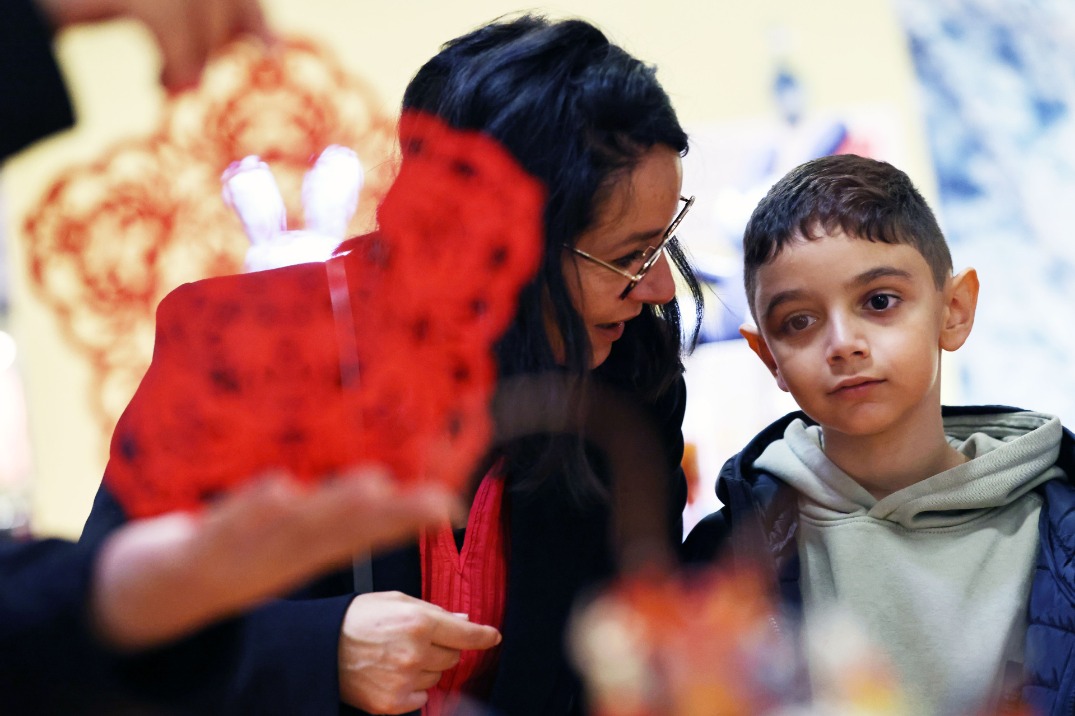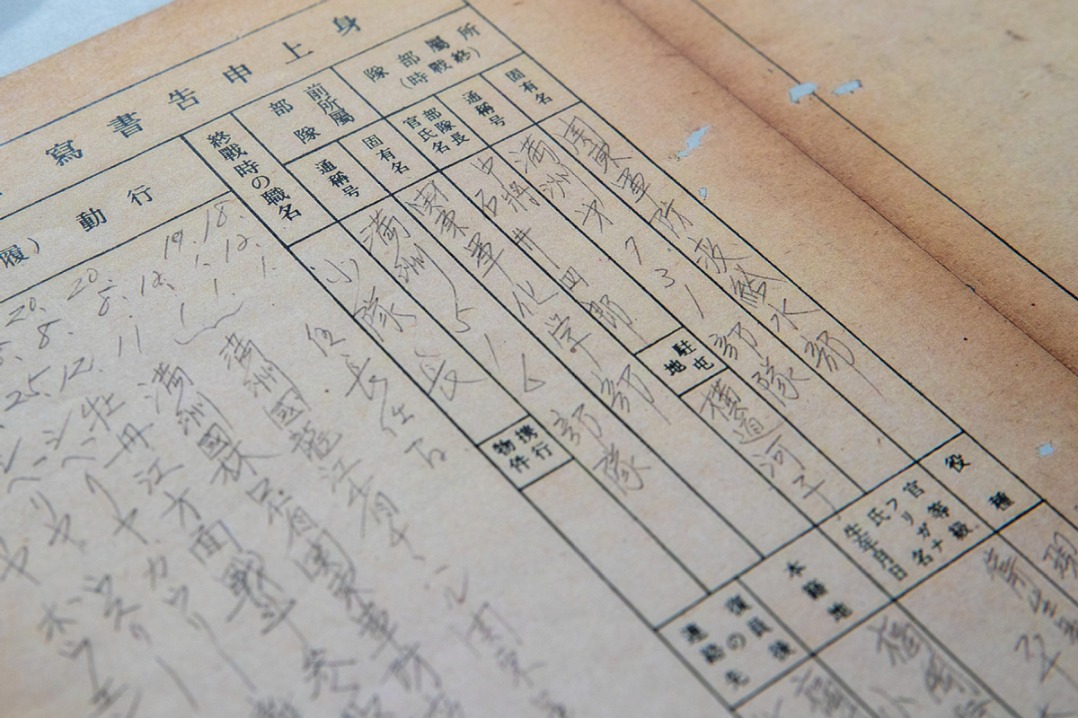Scientists in Cambodia find close match for COVID-19 pathogen in 2010 samples
chinadaily.com.cn | Updated: 2021-02-02 15:58

A laboratory in Cambodia has found close relatives of the pathogen in samples stored in a freezer for more than a decade, according to a report from South China Morning Post.
Two viruses discovered in the samples were taken from horseshoe bats in northeastern Cambodia in 2010 and were identified in research released on last Tuesday. They have a 92.6 percent similarity to SARS-CoV-2 (the virus that causes COVID-19), according to the report.
This latest discovery was made by researchers at the Pasteur Institute in Cambodia in Phnom Penh, SCMP reported.
Little is known about how the outbreak started, but scientists suspect the virus may have originated in bats and then spread to humans directly or through an intermediary animal.
The hunt for the origin has led many labs to back-test stored animal samples to look for traces of similar viruses in order to provide more clues.
According to the report, the findings from Phnom Penh, which have not been peer reviewed, "suggest that Southeast Asia represents a key area to consider in the ongoing search for the origins of SARS-CoV-2, and in future surveillance for coronaviruses", said the researchers, including scientists from Sorbonne University and Pasteur Institute in France and the University of California, Davis in the US.
The viruses were picked up in swabs taken from Shamel's horseshoe bats as part of a project backed by UNESCO and the samples were stored at -80 C, the paper said.
Of the 430 samples they retested, 16 tested positive for coronaviruses. Two of them were nearly identical strains that turned out to be the close SARS-CoV-2 relatives, the report said.
The researchers said their analysis suggested the geographic distribution of viruses related to SARS-CoV-2 was much wider than previously understood.
This "possibly reflects a lack of sampling in Southeast Asia", they said, calling for more surveillance of the area, which is home to both a high diversity of bats and wildlife as well as wildlife trade and land-use change – known drivers of emerging infectious diseases.
Members of the WHO team in China have expressed similar views on the need for more regional data, according to the report.
























